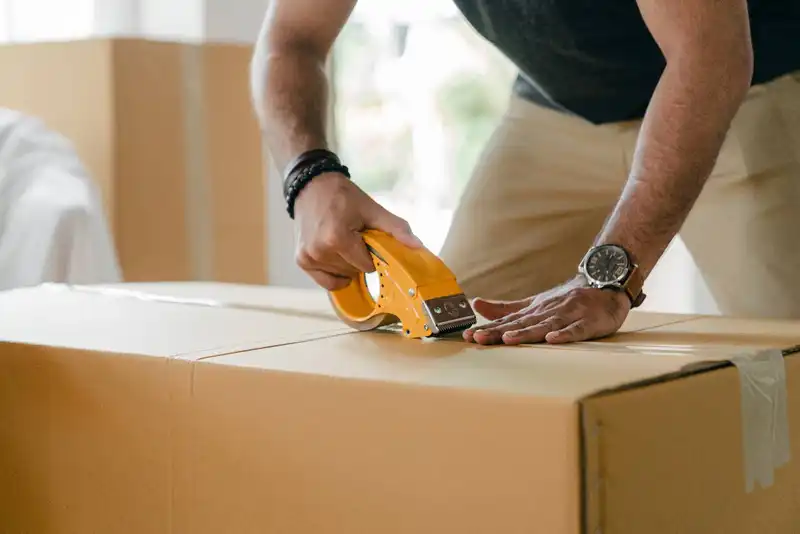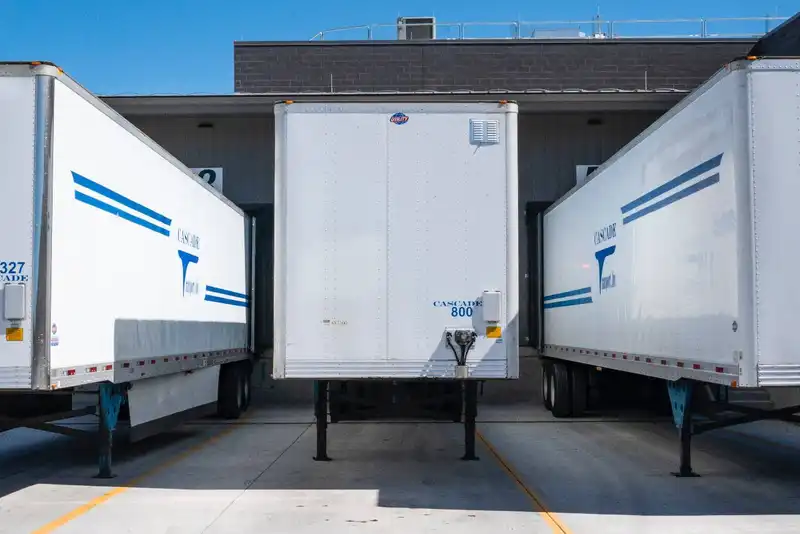8 Steps of the Order Fulfillment Process
Introduction to Order Fulfillment
Not only does a business's growth stem from its ability to market to consumers and to produce on-trend products, but it also comes from the success of its order fulfillment process.
Companies that can guarantee their goods are delivered to customers in a prompt and cost-efficient manner can enhance their shopper's experience with the brand. By boosting satisfaction, a loyal consumer base can be cultivated and sales will increase.
What is Order Fulfillment?

Order fulfillment is the system of receiving, processing, and delivering goods to customers based on the specifications of their sales orders. By fulfilling and distributing the products to consumers, the company will officially complete the e-commerce order.
This process also involves inventory management to ensure that the items ordered by the consumer are in stock, quality control, and customer support. Processing returns and exchanges are also a part of the order fulfillment system, in which employees must conduct refunds and update inventory levels.
4 Models of Order Fulfillment

There are various types of ecommerce order fulfillment strategies that organizations can implement, depending on their operational needs.
- In-House
- Third-Party
- Drop-Shipping
However, merchants will not be able to have control over their inventory and fulfillment activities with this model. Additionally, since many manufacturers are overseas, shipments will often be delayed and can cost more, compared to domestic transport.
- Hybrid
A clothing retailer, for example, may satisfy orders of fast-moving and highly demanded products internally but will use the third-party method for lesser popular items.
8 Steps to the Order Fulfillment Process
Organizations that want to optimize their order fulfillment strategy can follow these 8 steps.
1. Receive New Shipments of Inventory

To begin the order fulfillment process, businesses must make sure their incoming inventory is all processed before it is shipped out. The goods should be counted and then inspected by quality control teams to ensure they are of the expected quality.
Next, stock-keeping units and barcodes should be established for each item to streamline inventory control and retrieval.
2. Store Inventory
The new inventory products should be properly organized in the warehouse. If the items are known to be fast-moving, managers should place them near the packing areas to minimize the time and work necessary to find them.
3. Process the Orders
Organizations should have a processing system that alerts warehouse staff that a customer order has been placed. A packing slip or sales order will appear and detail the exact specifications of the customer's purchase.
4. Picking

At this stage, employees who are responsible for picking the orders should retrieve the items from the warehouse storage. Staff must be diligent and pick the right products according to their color, size, and quantity.
Many modern businesses have adopted automation and technology to complete this step of the order fulfillment process. For example, box picking robots can be used to quickly retrieve items in the warehouse.
5. Packing
The packing team will then collect the items for the order and pack them into appropriately sized mailers and boxes.
Employees should aim towards packing the goods in the lowest possible dimensional weight so that more items can be loaded into delivery trucks. This can reduce shipment costs and can help speed up transportation time.
When packaging fragile goods, such as glassware, staff should use proper packing materials to ensure that the product will not become damaged during its transit.
Additionally, return labels and receipts should be included in the package for the customer's convenience.
6. Shipping
After the goods are packaged, they need to be sent to a shipping carrier, such as FedEx or the Postal Service.
Business owners should be aware that every carrier has its own packaging requirements and shipping costs regarding weight. Management teams must make sure that the shipping standards are met so that there are no delays in delivery.
7. Delivery

Finally, the goods are delivered to the customer. Companies should send a shipping confirmation to the shopper's email to inform them about their incoming package.
It is also recommended that brands ask for feedback, regarding the product's quality, shipment, and waiting time. This will help with identifying any inefficiency in the order fulfillment process and whether improvements can be made to order management.
8. Returns Processing
In the case that a customer is dissatisfied and wants to return their order, they will need to send the items back with a return label. Employees should then inspect the goods, restock them, and process a refund.
If there are malfunctions to the product, it should be discarded properly or recycled.





